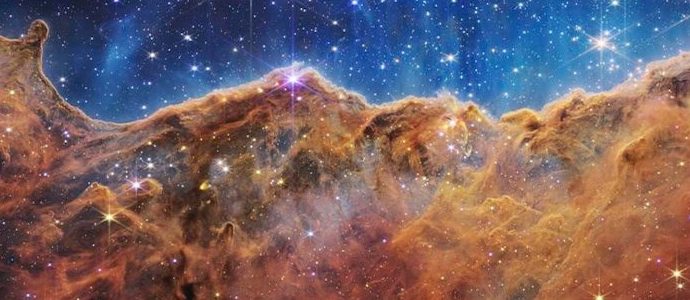Back to the Drawing Board: Rethinking Cosmic Evolution After James Webb Revelations
The data being gathered by the James Webb Space Telescope (JWST) is upending the scientific community’s theories of galactic formation and evolution, with the incoming images showing that both the number of galaxies and their relative complexity—amongst other conundrums—were much greater in the early universe than originally anticipated. “We hadread more
